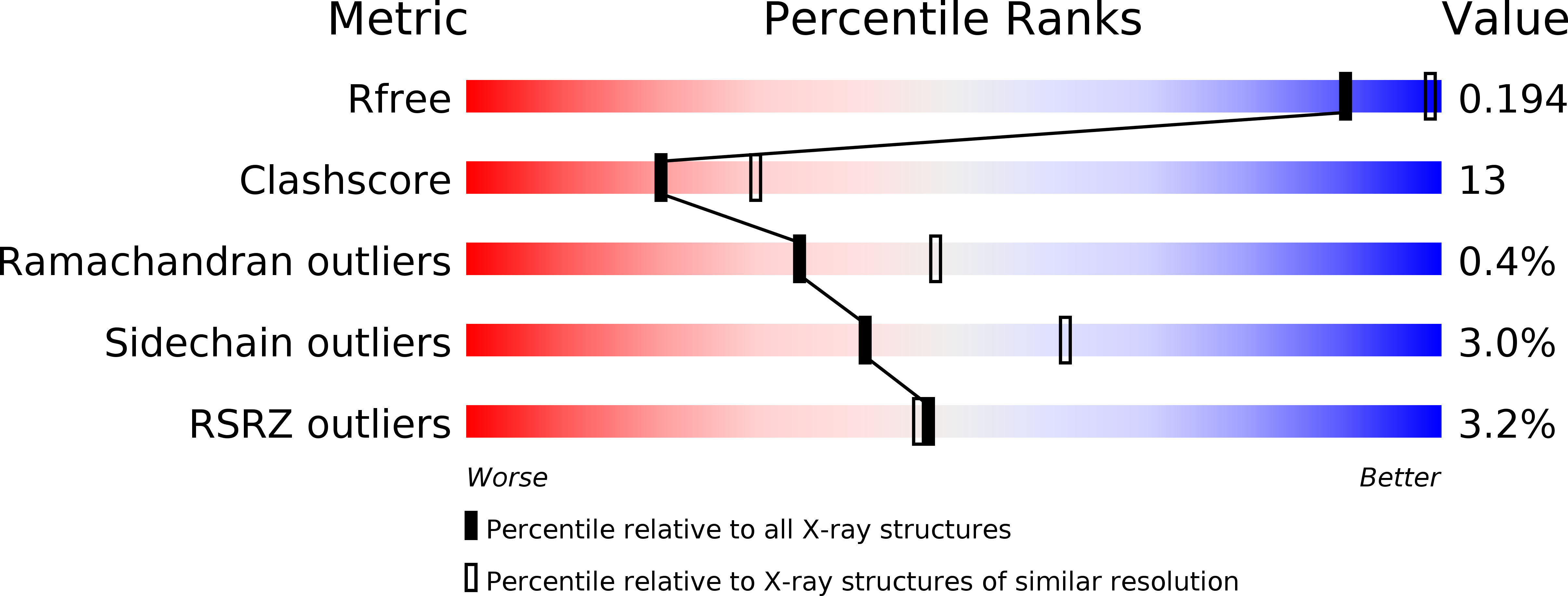
Deposition Date
2008-08-26
Release Date
2008-09-16
Last Version Date
2024-02-21
Method Details:
Experimental Method:
Resolution:
2.40 Å
R-Value Free:
0.25
R-Value Work:
0.20
Space Group:
P 32 2 1


